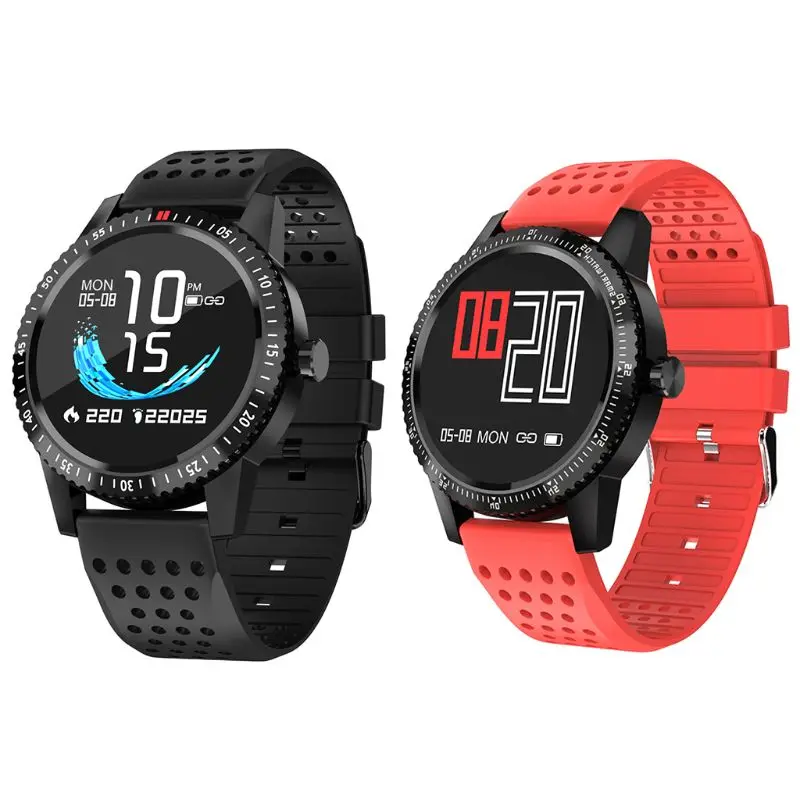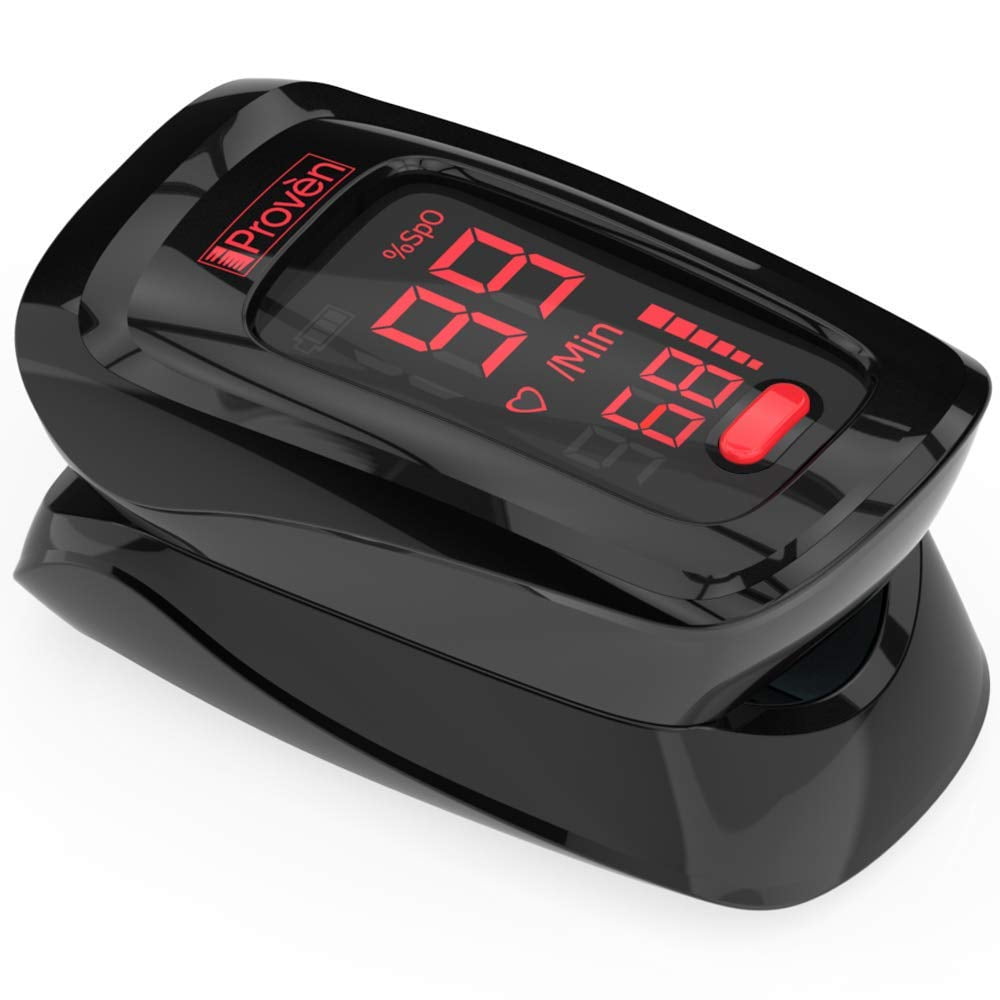
Any previously documented atrial fibrillation or atrial flutter, i.e.The index event will be defined as the event leading to medical presentation.The patient has a valid provincial health insurance number. The patient is expected to survive at least 6 months.due to stroke-related cognitive impairment, aphasia, or anosognosia). Informed consent from the patient (or from a legally authorized representative if the patient is not competent, e.g.transthoracic (or transesophageal) echocardiography to exclude thrombus or other structural heart disease that in the opinion of the investigator is the most likely cause for the stroke/TIA event.vascular imaging of the extracranial and intracranial circulation with either CT angiography or MR angiography to exclude significant large vessel occlusive disease as the most likely mechanism for the index ischemic event (carotid Doppler ultrasound is acceptable for those presenting with anterior circulation ischemic events),.The following diagnostic tests have already been completed as part of clinical routine post-stroke/TIA: patients selected for this study are those for whom the investigator, in his/her clinical judgment, would consider ordering a repeat Holter monitor as part of clinical care. The patient is being actively investigated for the etiology of the stroke/TIA event and additional cardiac monitoring is desired to screen further for the possibility of occult paroxysmal atrial fibrillation/flutter, i.e.A Holter monitor has already been obtained as part of the routine clinical post-stroke/TIA work-up, and does not show any episodes of atrial fibrillation or atrial flutter ≥30 seconds.At least one 12-lead ECG has already been obtained as part of the routine clinical post-stroke/TIA work-up, and no ECGs have shown any episodes of atrial fibrillation or atrial flutter, and.do not qualify for enrolment given the potential for misdiagnosis of such events). a transient ischemic attack, defined as involving a focal unilateral motor deficit, speech/language deficit, or hemianopia, with symptom duration an embolic arterial ischemic stroke confirmed by neuroimaging or.ĭiagnosis of the index event* made by a stroke specialist of an acute ischemic stroke or TIA (WHO definition) of undetermined etiology (cryptogenic) occurring within the previous 6 months (180 days).The event must be either: composite endpoint of: (1) AF >30 seconds, (2) non-sustained (>3 beats,

1 and 2-year recurrence of ischemic stroke/TIA, death, hemorrhagic stroke, major adverse bleeding event, detection of atrial fibrillation outside of the study protocol.Atrial fibrillation 3 beats, 75% of the target period.Stroke Transient Ischemic Attack Atrial Fibrillation Atrial Flutterĭevice: a 30-day ambulatory cardiac event monitor Device: 24-hour Holter


The purpose of this study is to determine the diagnostic yield of a novel 30-day cardiac event monitor compared to a repeat 24-hour Holter monitor for detecting occult paroxysmal atrial fibrillation in patients with a recent ischemic stroke or TIA of undetermined etiology after completion of a standard clinical stroke work-up (including an initial negative Holter monitor.) Condition or disease However, atrial fibrillation is likely under-diagnosed after stroke and TIA because atrial fibrillation is often difficult to detect as it is frequently paroxysmal and asymptomatic, and patients do not routinely undergo prolonged screening. Detecting atrial fibrillation after a stroke or TIA is critical because highly effective secondary stroke prevention therapy is available for individuals who are recognized to have atrial fibrillation.



 0 kommentar(er)
0 kommentar(er)
